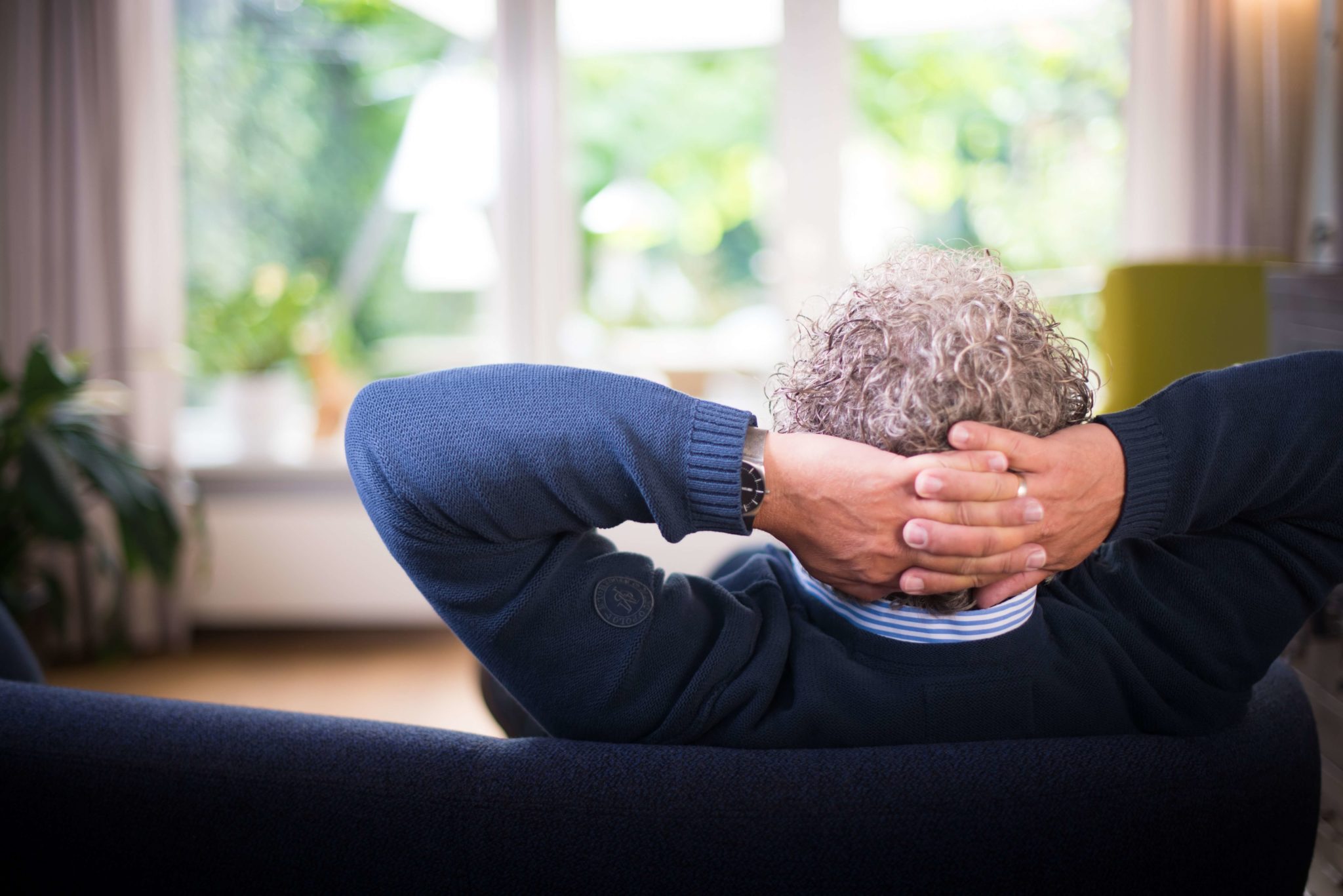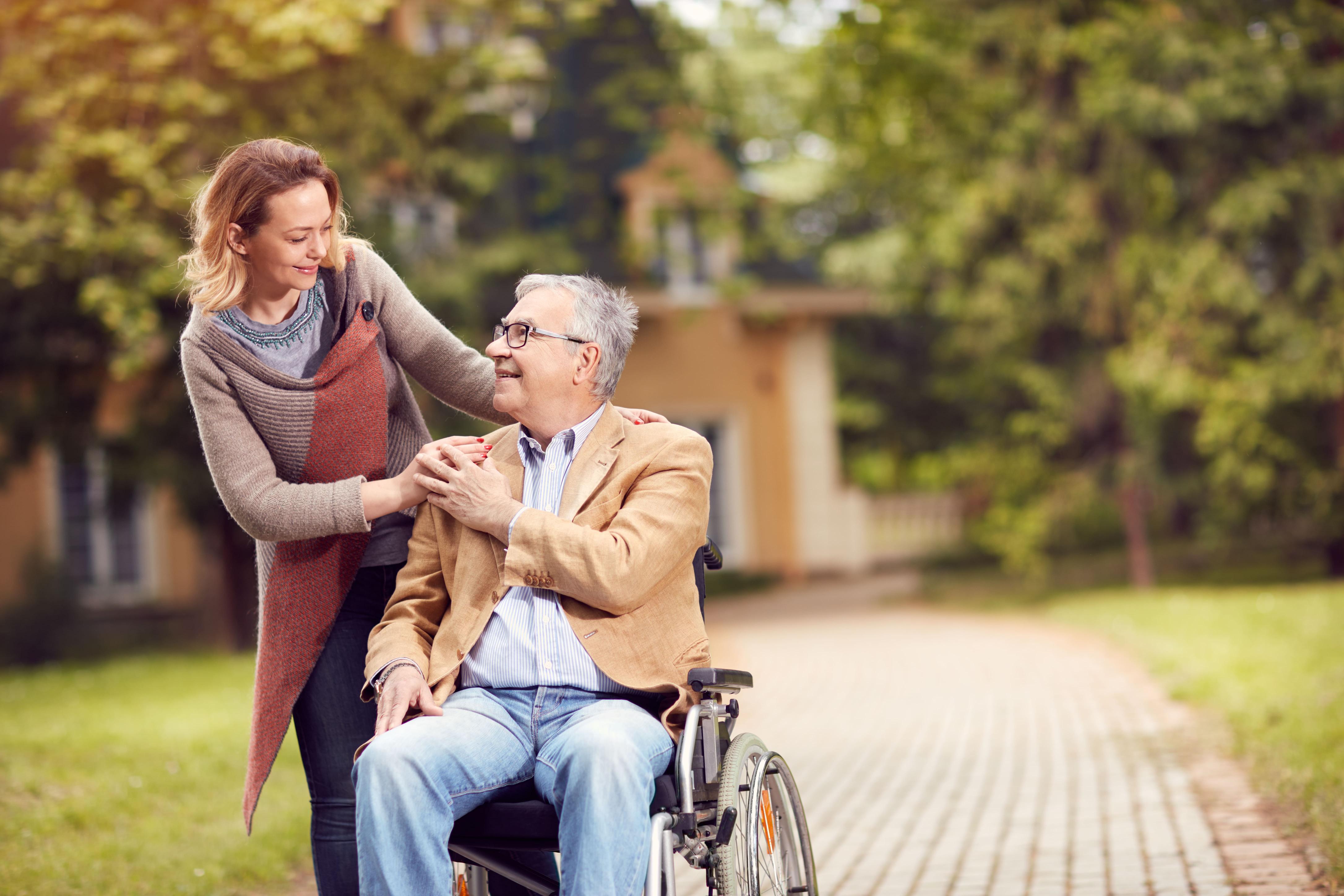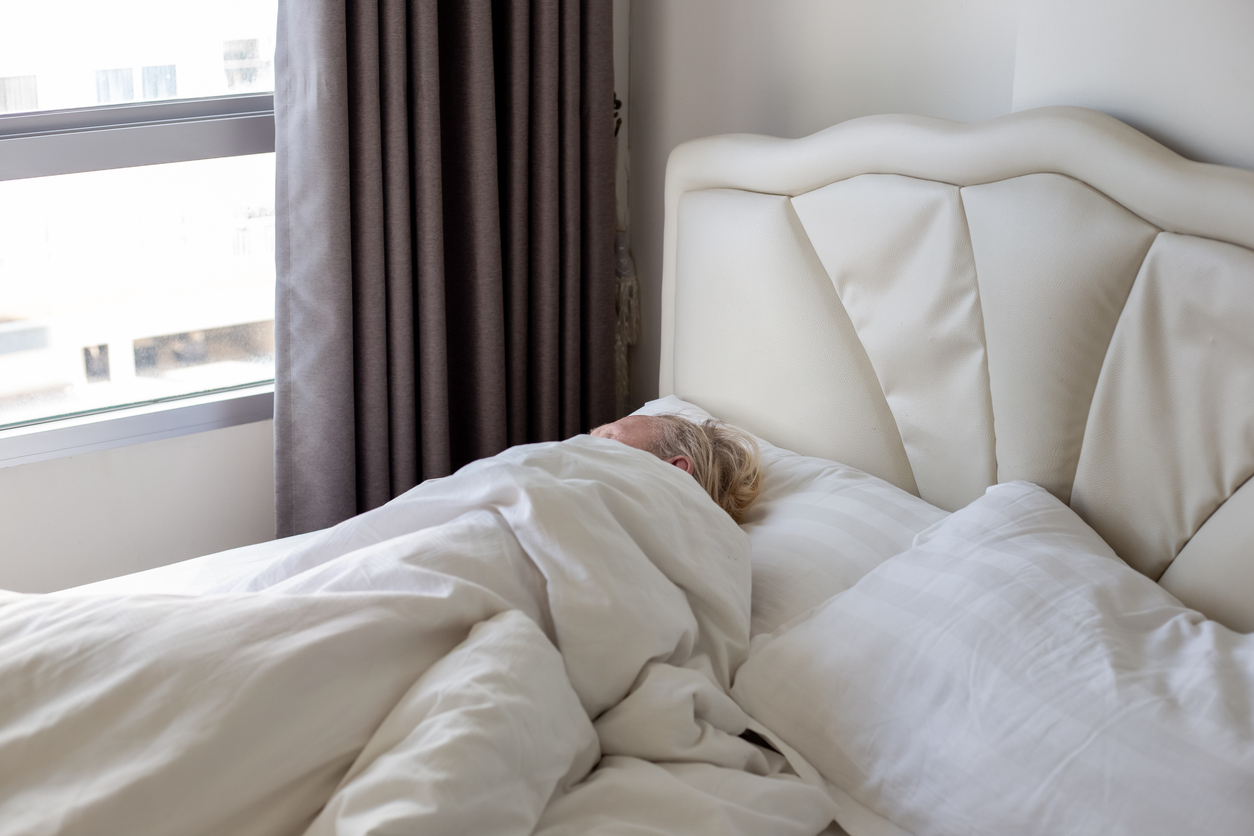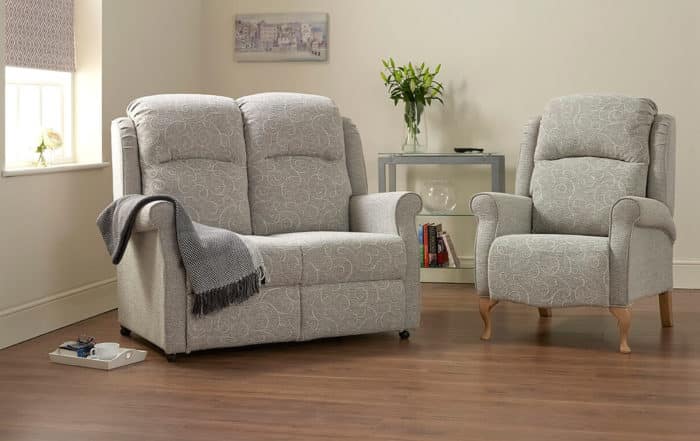Correct Sofa and Recliner Posture to Avoid Back Pain
Social Links
The human body is a remarkable thing – we’re the only animals that evolved to stand upright on two legs, allowing us to cover vast distances back in our hunter-gatherer days. But having spent all those millennia evolving a body that’s perfect for standing up, most of us now enjoy a lifestyle that involves more sitting than standing – and all that sitting on an ill-equipped skeleton can cause a myriad of problems, not least for our backs and spines.
In the modern era we have plenty of information about what’s good and bad for our backs, and we have a great understanding of how muscles and bones relate to each other. We also know that our physical health is linked to our mental wellbeing, so it makes sense that we should try and make sitting as pain-free as possible. Fortunately, we have plenty of products and accessories that can help.
What causes back pain?
It’s estimated that around one in six adults in England have some form of back pain, most commonly in the lower back, or lumbar region, though it can occur in the neck, upper back and hips. Fortunately, around and can be resolved with rest and treatment. Sometimes back pain does persist, however, and if the pain is still present after 12 weeks it is classified as chronic back pain.
Many cases of back pain are known as non-specific, which means there’s no obvious cause, or they could be caused by mechanical problems with the bones, joints and soft tissues around the spine. Some of these include muscular sprains and tears, slipped discs, compressed nerves or swelling of the joints (for example from arthritis), and can often be accompanied by other symptoms such as numbness, weakness or tingling.
Why does sitting cause back pain?
Sitting in an inappropriate chair or using incorrect posture can restrict blood flow to certain areas of the body, leading to muscle stiffness and putting extra pressure on the bones and joints. In the long term this can lead to shortening of muscles and curvature of the spine, which further increases strain on the back and makes it harder to hold a good postural position.
As we age, decreased mobility and spending more time at home all contribute to more time spent sitting, so it’s important we use a supportive chair. Long-term health conditions, including arthritis and general degeneration of the spine, may also contribute to a sore back, in which case knowing how to sit properly on a sofa is essential for managing pain and preventing further damage.
How to sit on a sofa with lower back pain
If you already suffer from back pain or have spine and neck issues, a good quality recliner chair can improve things considerably. The rise feature helps you get in and out without straining the back, and wooden knuckles provide extra grip when getting up and down. Electric motors mean you can change the chair’s position easily without having to reach down or pull a lever, and some models even come with heat or back massage features, all of which can help ease and prevent back pain.
The style of the back can also make a difference. Someone with head and neck issues would benefit from a Two Tier back with its extra padding. A Lumbar Support back may be suitable for someone with lower back problems as it has cushions on either side to keep you in the middle of the chair. A Cushion Back provides great overall support and is good for general aches and pains. And heavier users may prefer a button back, which is the firmest option.
Why you need a made-to-measure recliner
It’s often hard to maintain correct posture when we’re sitting, especially if we’re tired or something hurts, so having a chair that holds and supports us in the correct position can be enormously beneficial. As different parts of the body need individual support, and as everybody is different, each chair should be tailored to the individual using it. At the Mobility Furniture Company customisable features include:
- The backrest – this should follow the natural curve of your spine and support it in the upright and reclined positions without any gaps. Your head should rest against the headrest with the neck aligned above the spine and not tilting forward or back, which puts strain on the upper back and neck.
- Seat depth – you should be able to sit with your buttocks and hips against the back of the chair and your knees just past the edge of the seat. If the seat is too short, it creates pressure underneath the thighs or forces you to sit forward in the chair so you are more likely to slouch. If it’s too long, the pivot point won’t be in the correct position to support the knees in the reclined position.
- Width – you should have enough room to sit with your arms by your sides without having to reach too far to use the armrests. The armrests should be at just the right height so that you can rest your elbows on them without having to lift your shoulders.
- Height – your feet should sit flat on the floor when in the upright position, with your thighs horizontal to the ground. It’s estimated that almost is supported by the feet when you’re sitting, taking some of the strain off the back. This means that if your feet don’t sit flat, consider adding a memory foam cushion to the seat, which should support the hips and lower back a little more.
Correct sitting posture on a sofa
Now you have your perfect made-to-measure chair, make sure you sit in it correctly to fully enjoy all its benefits and keep your back pain-free. Lean back on the chair with your head on the headrest and keep your legs straight forward, not angling in or out or twisted to one side or the other.
If you’re not used to sitting in this position it might feel quite strange and uncomfortable to begin with, as your muscles adjust to this new alignment. However, they’ll strengthen and adapt over time until the new position feels normal and natural.
Meanwhile, to avoid adding strain to the muscles of the back and neck, avoid these bad habits:
- Slouching forward or back – this causes the shoulders to roll forward and the spine to curve into a C shape rather than its natural S, putting pressure on the spine and lower back. Leaning forward also puts extra strain on the neck. Avoid this by ensuring there is no gap between your lower spine and the back of the chair and resting your head against the headrest. In the upright position, you should feel your weight resting evenly over your sitting bones.
- Leaning to one side – favouring one armrest causes the spine to bend laterally. This puts pressure on the muscles and ligaments around the vertebrae, particularly in the neck and thoracic region around the rib cage. It can also cause the hips to tilt and come out of alignment, and puts strain on the shoulder that’s taking the extra weight.
- Crossing your legs – this pulls on the ligaments and tendons around the hips, which in turn pulls on the muscles and tendons of the lower back, making them sore and stiff. Over time, this may lead to curvature of the spine, which can be difficult to correct and cause additional problems when you’re standing up. This might also restrict circulation in the legs, leading to further complications such as numbness, thrombosis and swelling.
- Sitting in one position for too long – prolonged immobility can cause blood flow around the body to slow down, which may lead to stiff muscles and increased risk of strain or injury when you get up. Medical experts suggest a maximum of two hours in any one position, but ideally you should change position every hour, and physically getting up and moving about is even better. Staying too long in one position also increases the risk of pressure sores, which often aren’t noticed until they are already significantly advanced.
Sleeping in a recliner
It’s also important to maintain a correct position when your chair is fully reclined, especially as they are designed to hold you in a comfortable position and therefore reduce your chances of waking or moving in your sleep. However, it’s still better to sleep in the reclined position rather than upright, as your body weight is more spread out over the chair and there will be less pressure on the lower back and hips.
Sleeping with arms and legs bent over a long time period can also cause muscles to shorten and stiffen. Alternate sleeping in a recliner with a fully flat mattress if you can, and do some gentle stretches before and after your nap. This will also help get the circulation going and reduce stiffness.
The bottom line
There are many reasons why a person may develop back pain. There are also many solutions and the way you sit plays a part in both. A well-tailored recliner chair can help keep you feeling strong and limber – although if you are experiencing persistent or severe back pain you should consult your GP or health professional.
When you’re trying a new chair, be sure to test it out in both the upright and reclined positions, and once you’ve got it home try positioning the chair at different angles to see what feels best for you. Make sure you sit in it correctly, even if this new posture feels uncomfortable. Once you’ve got used to it, you won’t want to sit any other way!
*This website contains general medical information. The medical information is not advice and should not be treated as such. Read our full Medical Disclaimer here.



